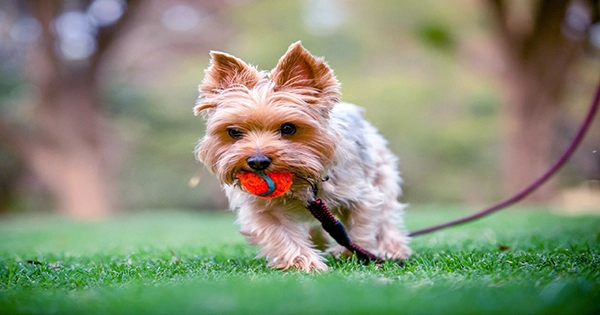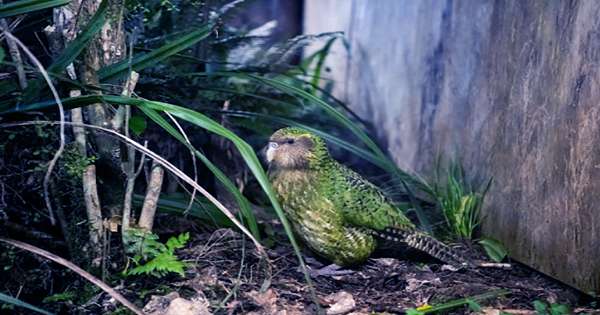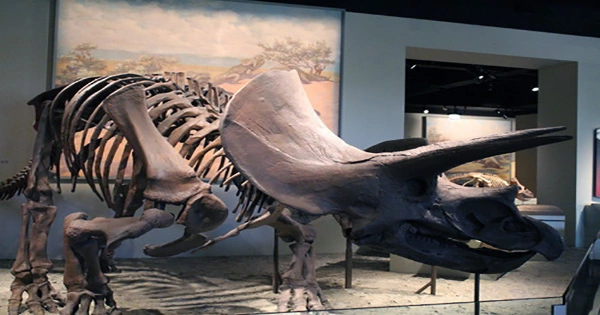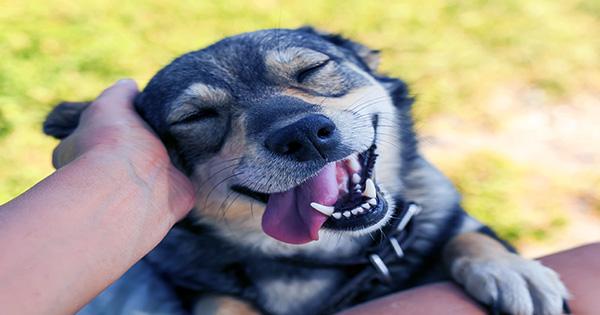The change from scary wolf to tiny chihuahua is assumed to have totally driven by the human desire for pets that double as fashion accessories – but recent research suggests that the genetic mutation that gives rise to toy dog breeds was present in ancient wolves as well. The findings, which were published in the journal Current Biology, call into question the idea that humans carefully reduced these huge canids to pugs and Pomeranians, instead proposing that the genes needed to generate lap-sized dogs existed long before domestication.
Modern dogs come in a wide range of sizes, with the largest breeds being forty times larger than the tiniest handbag pups. According to the researchers, roughly 20 different body size genes influence these variances in stature, with one in particular – insulin-like growth factor 1 (IGF1) – accounting for 15% of the difference in size between breeds.
The researchers discovered two alternative versions – or alleles – of the IGF1 gene that consistently related to body size after analyzing 1,431 genome sequences from 13 present and ancient canid species. When scientists looked at the genomes of several hundred modern dog breeds, they discovered that one of these genes was more common in dogs weighing less than 15 kilograms (33 pounds), while the other was more common in breeds weighing more than 25 kilograms (55 pounds).
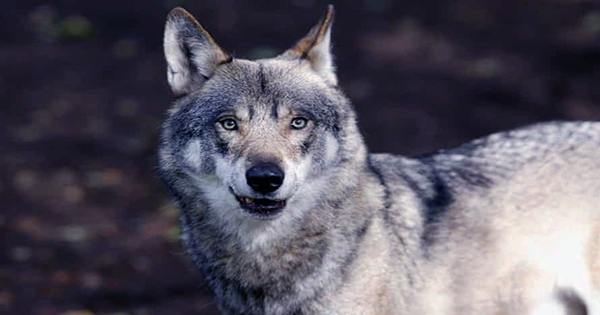
In a statement, research author Elaine Ostrander said, “We looked at 200 breeds and it held up nicely.” As a result, she and her colleagues dubbed these two variants “small allele” and “big allele.” They discovered the tiny allele in a Pleistocene wolf species that lived 53,000 years ago, suggesting that the capacity for toy dogs built into the canid DNA long before humans started playing around.
The researchers were unable to determine which of the two variants emerged first since this wolf was heterozygous, meaning it had one of each allele. They looked at the genomes of 24 other canid species, including coyotes, jackals, and foxes, to uncover the ancestral gene, and discovered that the majority of them had two copies of the tiny allele.
They infer that the tiny allele existed before the large allele emerged and hence represents the “ancestral condition” of all dogs based on this discovery. “This ties together a lot of things regarding canine domestication and body size, and things that we assume are very modern are actually extremely ancient,” Ostrander adds.
Natural selection enhanced the predominance of the big allele during the ice period, when thicker bodies provided major survival advantages, according to the study. During this time, the small allele nearly vanished, with only a few diminutive species living in warmer climes near the equator retaining it.
However, when humans began selectively breeding dogs, the small allele pulled back from the edge, and its prevalence has increased dramatically over the last two centuries because of the growing popularity of smaller breeds. Overall, these findings suggest that the development of toy dogs was likely considerably simpler than the popular story predicts. Human breeders simply reactivated ancient genes, shrinking their pets by tapping into a pre-existing genetic history, rather than modifying the wolf DNA to create miniature dogs.
